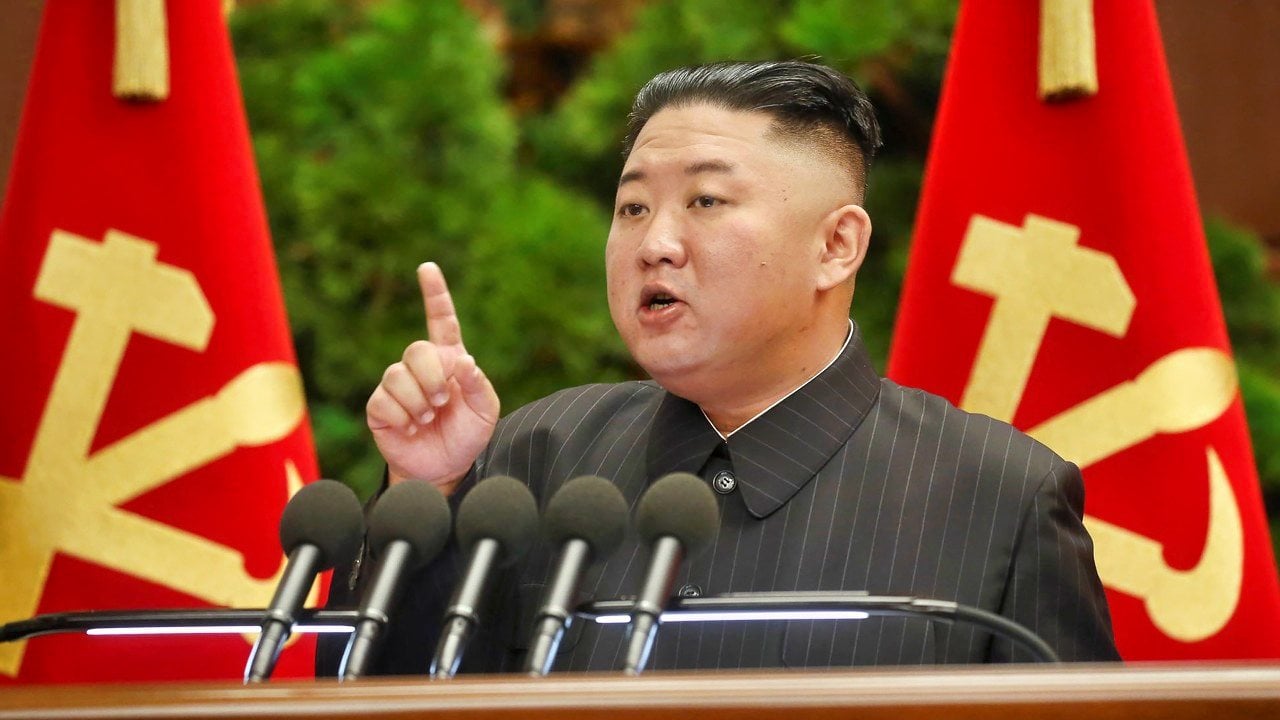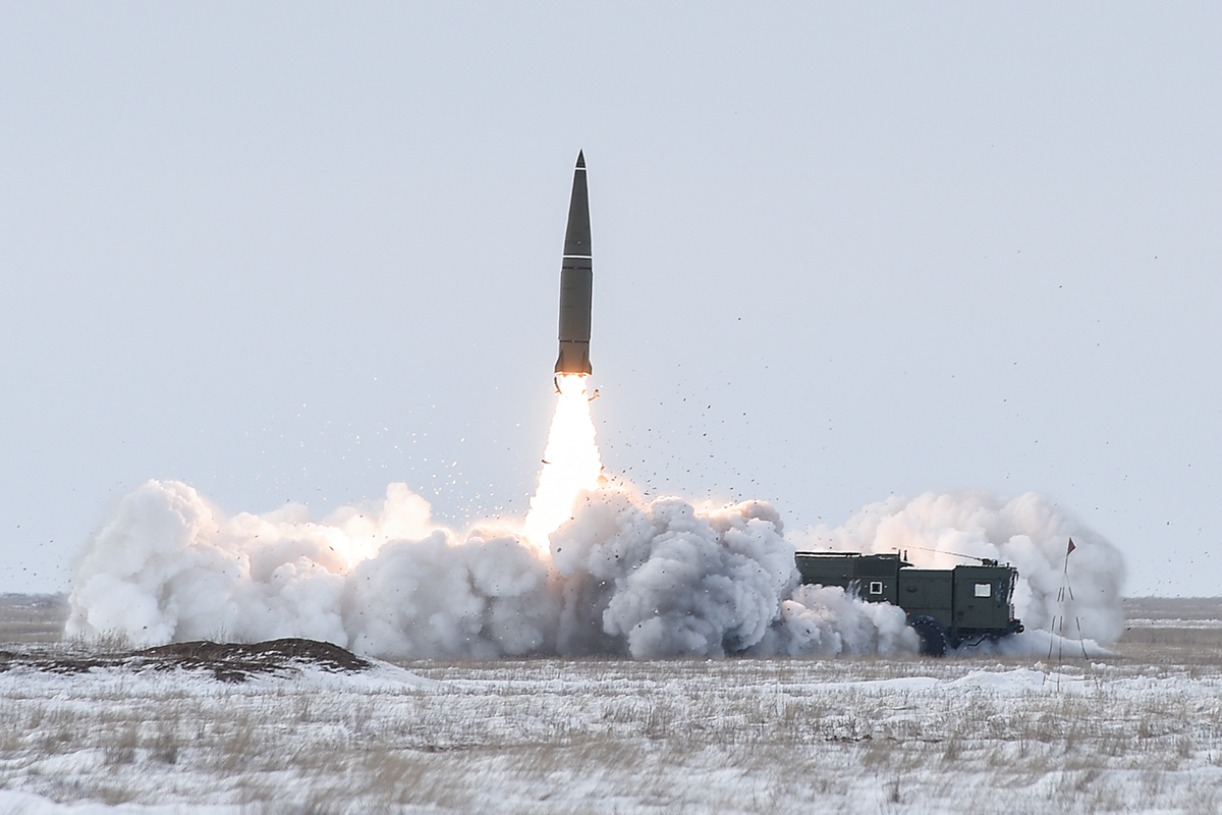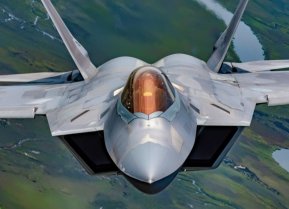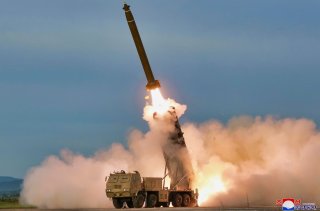Russia Is Using North Korean Missiles in Ukraine: What Happens Next?
During the first week of January 2024, American officials confirmed that North Korea had sold dozens of ballistic missiles as well as launchers to the Russians in stark violation of several UN sanctions.
During the first week of January 2024, American officials confirmed that North Korea had sold dozens of ballistic missiles as well as launchers to the Russians in stark violation of several UN sanctions. This is the first time—ever—that the Russians have purchased ballistic missiles from North Korea. The missiles were actually used in attacks on Ukraine at the end of December and the first week of January. U.S. National Security Council coordinator for strategic communications, John Kirby, in a press briefing, predicted that the Russians would be using more of these missiles to target civilian infrastructure and personnel. Thus, the question arises: is this a game-changer in the Ukraine war?
What are these ballistic missiles? Based on assessments from many analysts, it appears that these missiles are what the Pentagon calls “KN-23s.” The North Koreans first started test launching the KN-23 in 2019, which looks remarkably similar to the Russian “Iskander.” A solid-fuel missile is also very accurate—much more accurate than other missiles with similar ranges that North Korea keeps in its arsenal. The “Iskander” is accurate to within thirty to seventy meters of circular error of probability (CEP).
In other words, it is nearly accurate enough to actually target buildings or compounds—making it the perfect weapon to destroy infrastructure or other civilian nodes. It is not known (at least in unclassified sources) how many of these ballistic missiles North Korea has manufactured and can export. But this is not the only effective ballistic missile that North Korea can sell to Russia for the fight in Ukraine. North Korea already has a large number of Scud missiles in its inventory. Pyongyang could ship hundreds of Scud missiles—tomorrow—to Russia. Though far less accurate than the Iskander look-alike, they would effectively target cities and large towns as the ongoing campaign to wear down Ukraine continues.
Now that Russia has received its first shipment of ballistic missiles and launchers from North Korea, it is also involved in a deal to import short-range rockets from Iran. Reportedly, the first deliveries of missiles will arrive this coming spring. Russia, in need of more missiles for the war, likely sought out both North Korea and Iran to help augment its wartime missile inventory. It is even possible that North Korea and Iran are coordinating their shipments of missiles to Russia to make the weapons transfers as efficient as possible. Also possible is that any ballistic missiles Iran transfers to Russia had their design and manufacturing genesis in North Korea—since that is where the majority of liquid fuel-designed systems in Iran’s inventory come from.
The disclosure that both North Korea and Iran are involved in arms deals with Russia to augment Moscow’s missile inventory is not only unprecedented, it is troubling. But it also raises the question, why now? The answer to that question should be obvious. Russia’s military is not a precision-guided force. It is a blunt instrument. Thus, Russia’s use of ballistic missiles has been fairly simple. While these missiles have targeted military targets and industrial infrastructure, they have also targeted cities and towns and any other civilian nodes that were vulnerable to attack. In other words, Russia aims its missiles at more than just strategic targets. They have been used to terrorize the Ukrainian people as well. But this uses up a great number of missiles—apparently more than Russia can replace quickly with its own military supply chain system. Enter Iran and North Korea.
The impact on the battlefield appears to be important but not a paradigm shift. In other words, the missiles that North Korea (and later Iran) are selling to Russia are there to augment what has become a dwindling force because of high-tempo combat operations. The Russians already had the Iskander missile, and whatever types of missiles and drones the Iranians sell them are already represented in their armed forces. But these missiles will allow Russia to continue a high rate of fire and attack on Ukrainian targets, and as such, are extremely important for the outcome of the war.

The next important question then becomes, how long can North Korea maintain the steady flow of missiles to Russia? The number of KN-23 missile systems that North Korea possesses is unknown—at least in unclassified data. But if they don’t have many left (they have already supplied “dozens” to Russia), the North Koreans could always switch to supplying Scud missiles to target cities and towns in Ukraine. Based on the estimated number of North Korean missiles, even without manufacturing new ones, Pyongyang has enough in stock to supply the Russians with dozens of missiles a month for at least thirty-six months. This means the steady flow of missile attacks on Ukraine is unlikely to end any time soon—no matter where the weapons are coming from.

What does all of this mean? It means we are now witnessing something no one predicted a year ago. North Korea, a former satellite of the Soviet Union during the Cold War, a state that could not develop its ballistic missile capability without Russian technology, is a crucial cog in supplying weapons that are an important part of Moscow’s plan to prosecute a horrible war against Ukraine. This is not a “game changer.” It is a “game augmenter,” a “game maintainer.” Not only is this happening now, it is likely to happen for the foreseeable future. In addition, this will have spillover effects in Northeast Asia. The technology and cash that Pyongyang receives in return is likely to exacerbate the threat North Korea presents to the South and the wider region.
About the Author: Dr. Bruce E. Bechtol Jr.
Dr. Bruce E. Bechtol Jr. is a professor of Political Science at Angelo State University. He is also the president of the International Council on Korean Studies and a fellow at the Institute for Corean-American Studies. The author of five books dealing with North Korea, his latest work is entitled North Korean Military Proliferation in the Middle East and Africa. Email the author: [email protected].
Image: The main image is from North Korean state media. All others are from Shutterstock.


